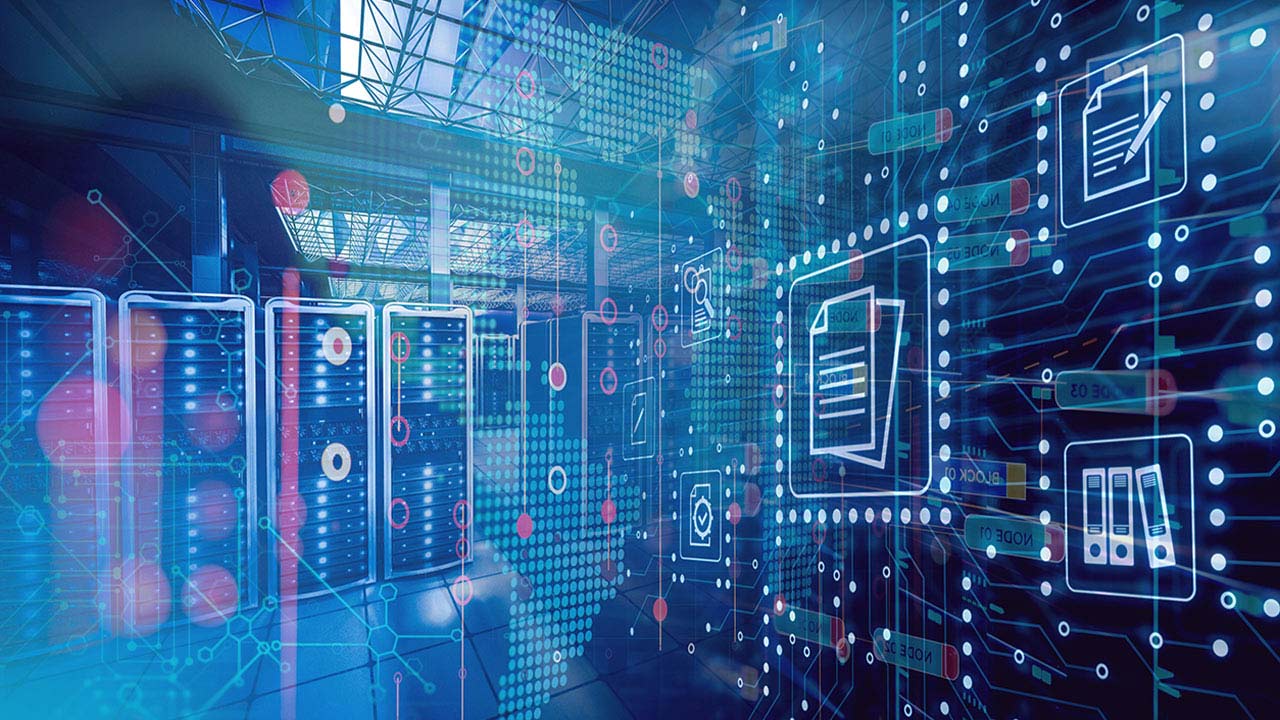3 ways in which consumers are taking greater control of their energy consumption through technology
The energy industry is well on its way towards a more sustainable future. Over the past decade, emissions from fossil fuels have dropped by nearly 30% as the UK pushes ahead to meet its net zero ambitions by 2050. In our recent research & whitepaper, 57% of respondents agreed that technology would be key to ensuring we achieve this.
And with a wider sustainability goal in sight, as well as information at our fingertips, consumers are increasingly interested in playing a bigger role in reducing the world’s carbon footprint. In this blog, we explore 3 ways in which technology innovations are making this possible.

Smart meters
In response to growing public pressure, the UK has committed to operating at net zero carbon emissions by 2050, and the rollout of smart metering across the country will be critical in achieving this.
At a basic level, smart meters work by giving households greater visibility of their consumption, encouraging users to change their behaviours which can result in more accurate and lower bills. An additional benefit of this behaviour change is reduced energy consumption, a positive for the environment.
In our study, 80% of consumers praised smart meters, for instance, by helping them to understand, monitor and reduce their own energy consumption. But while house-by-house reductions in energy usage will have a major national impact, this digital metering technology will also be a key enabler for more complex domestic electricity ecosystems.
Peer-to-peer energy trading markets
Where households have traditionally been mere consumers of energy, we are now beginning to see homes with the capacity to generate, store, use or even sell their electricity on a much bigger scale. Thanks to advancements in home renewable energy systems and storage, as well as peer-to-peer trading platforms, we can expect to see households playing a much bigger part in the movement towards a more sophisticated system of renewable energy exchange across the UK. This will help to relieve the strain on the national supply as well as improving our own individual carbon footprints.
For energy providers, there is an opportunity for the industry’s ‘fast movers’ to get ahead of the curve and introduce new, flexible peer-to-peer energy trading platforms which gives their customers greater control. As well as regulatory change, this will require huge upgrades to their digital infrastructure. Quality assurance and rigorous testing will be a critical component in onboarding these new systems successfully. In an industry where users can switch at the click of a button, service providers should be aware of the importance of service continuity and user experience.

‘As a Service’ offerings
Different “as a Service” type offers for consumers which sell a package based on outcomes, not units of energy, will soon hit the market. In real terms for consumers, this would mean, for example, that your gas supplier could charge you a monthly rate to keep your house at a certain temperature, or your electricity supplier could sell you “driving as a Service” with an electric vehicle and a guarantee of a certain level of charge at all times. Ultimately, consumers would therefore only be paying for what they need, keeping their costs down and reducing the demand on the grid, helping to further decarbonise and achieve net zero.
What’s more, if people are going to be charging vehicles from their home energy supply, or even charging their homes from stored energy in their car’s batteries, metering, controlling and accounting for energy will become even more vital. The whole economics of home electricity supply could be turned on its head.
Energy providers have little room for failure when their customers depend on them to keep the lights on and their homes warm. Similarly, with new innovations like this, it will take consumers some time to adapt to the new way of buying the product and using a service. In an increasingly saturated market, there is little room for provider errors.
Businesses must understand how and when their customers want to buy energy and what offerings will best work for them, from the outset. Product testing and the confidence it provides, to both the provider and its customers, is paramount to bringing these innovations to market rapidly and, on a national scale.





